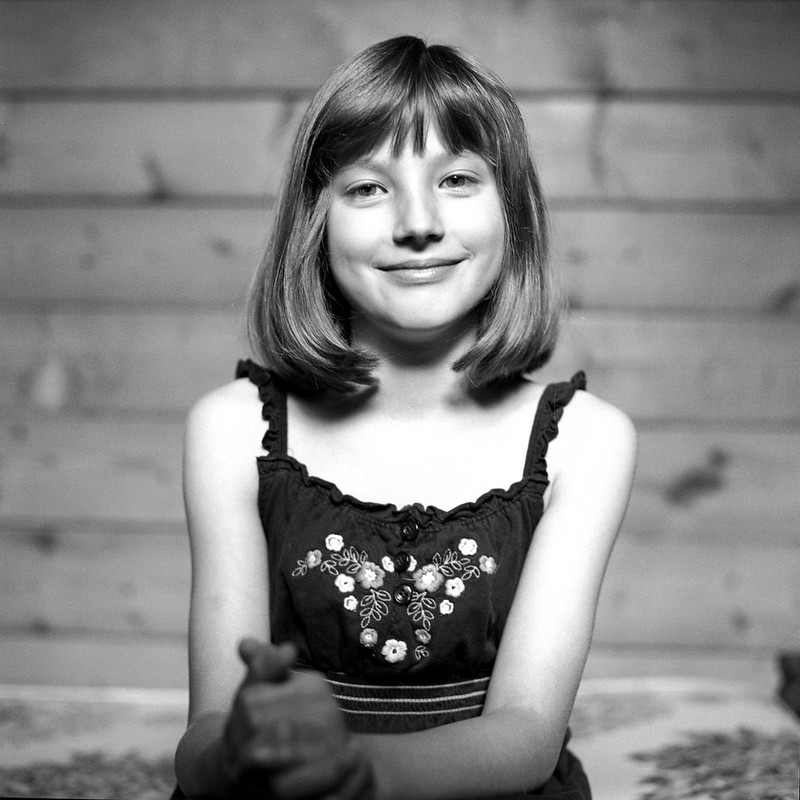scotty38
pfm Member
Following on from my "dusting off my OM2" in another thread I began to regret selling off all my darkroom kit. That aside, if I decided to develop the films myself using the most basic of tools what's next???
Assuming I am not going to be printing anything then I guess scanning the negatives is the obvious answer so what kit tends to get used to do that these days? Bear in mind I have no real thoughts on this over and above wondering what's available.
Thanks....
Assuming I am not going to be printing anything then I guess scanning the negatives is the obvious answer so what kit tends to get used to do that these days? Bear in mind I have no real thoughts on this over and above wondering what's available.
Thanks....


